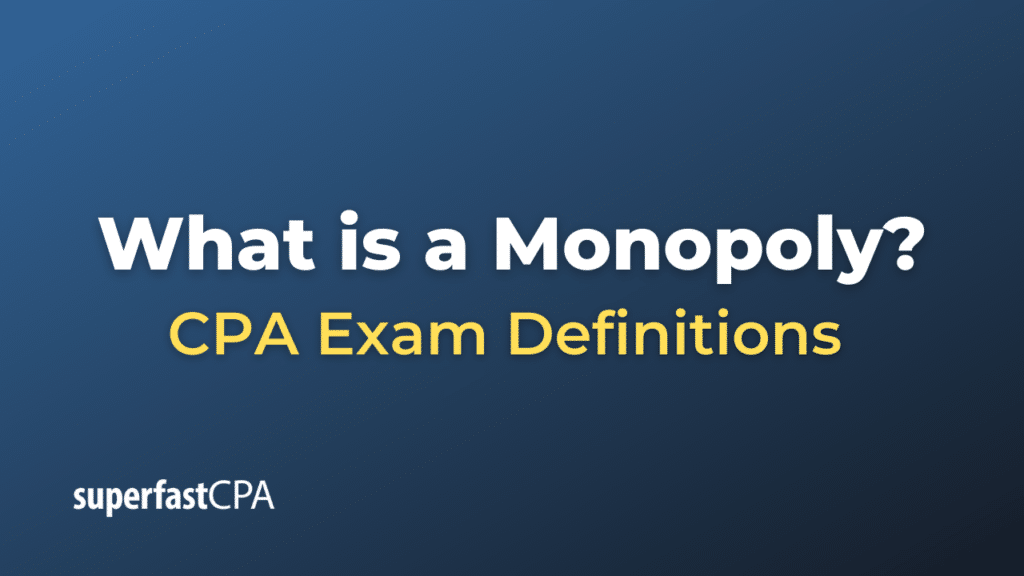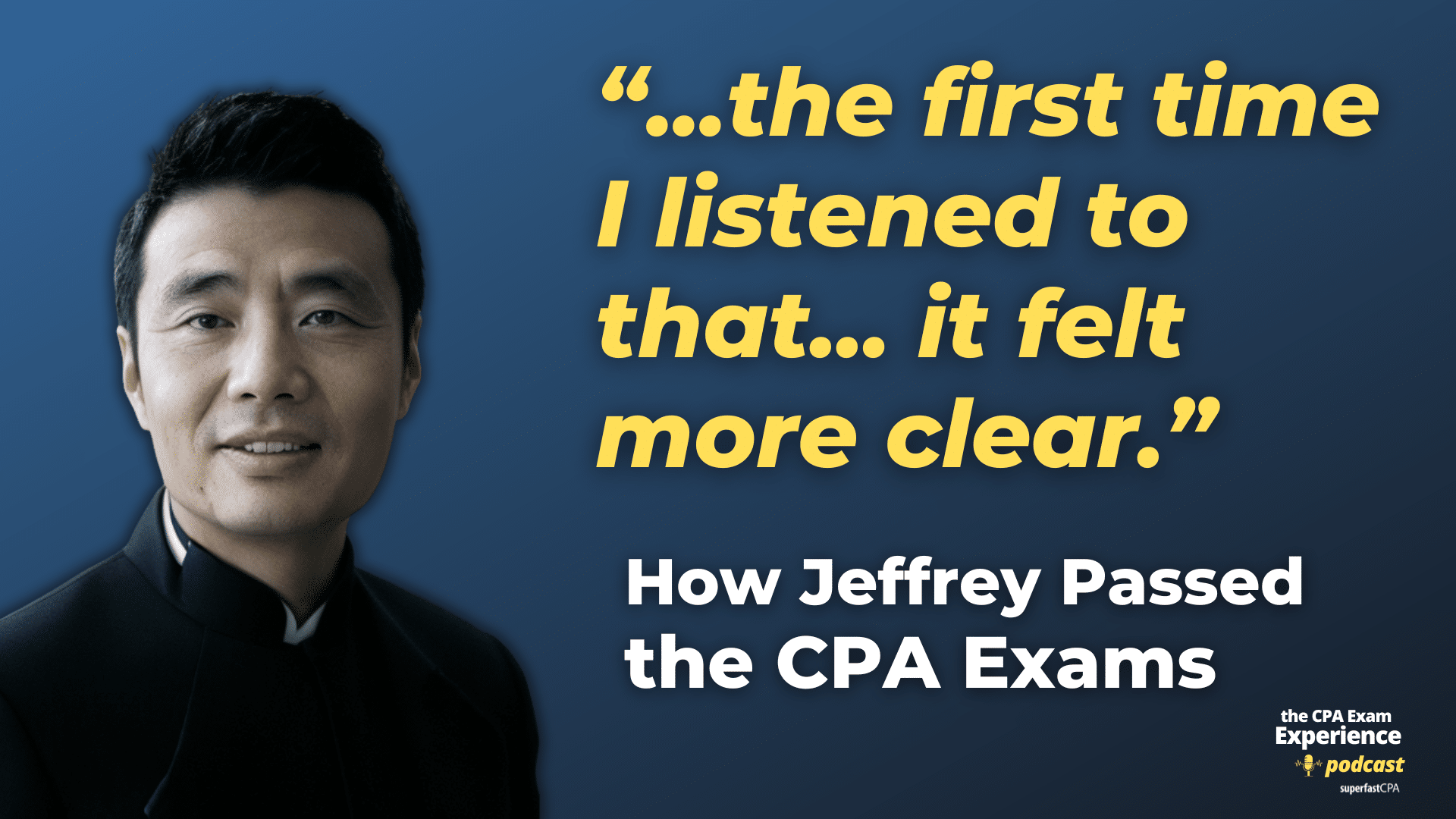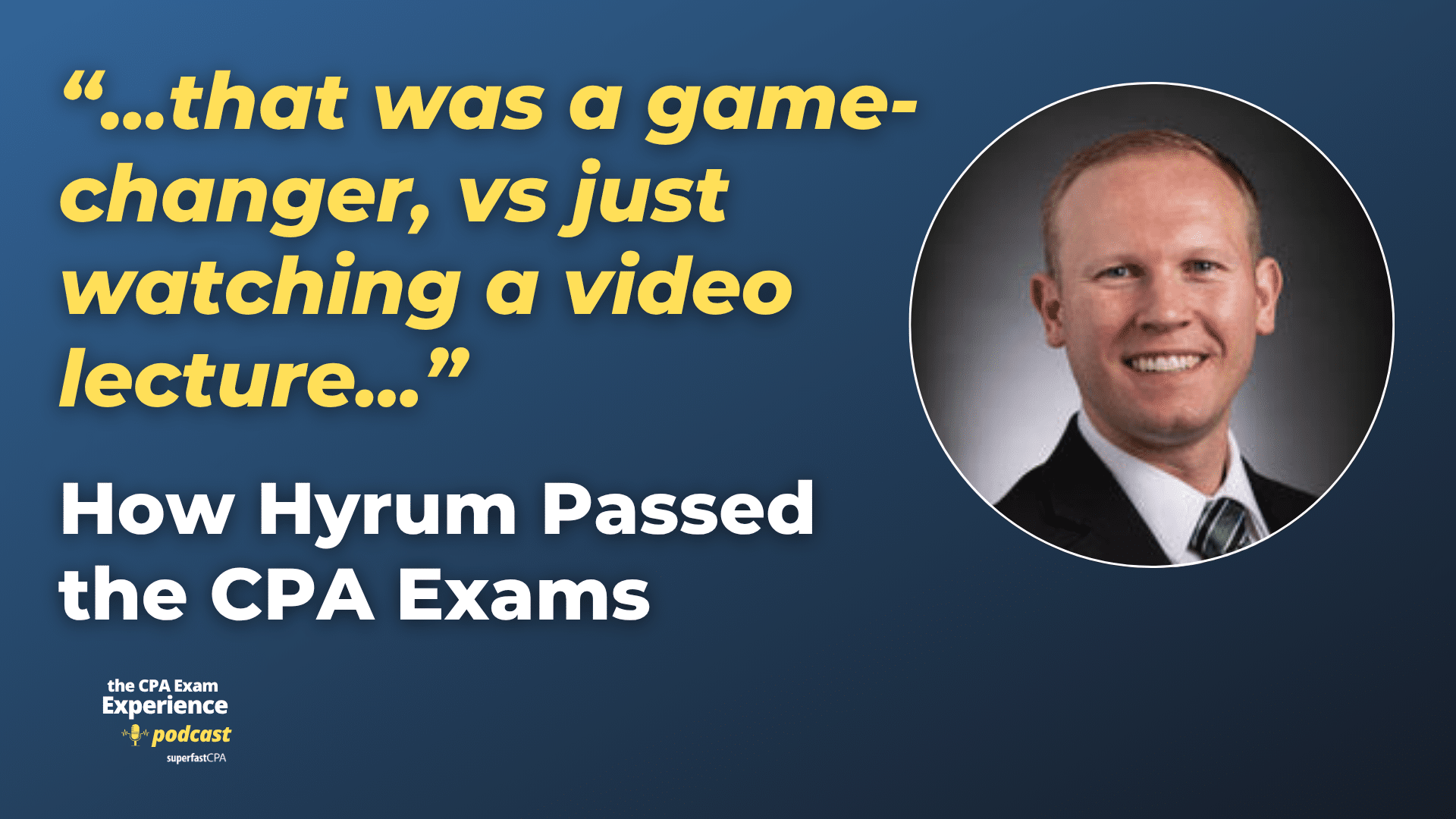Monopoly
A monopoly is a market structure characterized by a single seller selling a unique product in the market. In a monopoly market, the seller faces no competition, as he is the sole seller of goods with no close substitute.
Monopolies can arise due to various circumstances, such as:
- Control over a critical resource: A company may control access to a resource necessary for production, such as a rare mineral.
- Government regulation: Some industries are monopolies because the government has granted one company the exclusive right to operate in that industry. For example, utilities like water and electricity often operate as government-sanctioned monopolies to ensure consistent service to all citizens.
- Patents and copyrights: If a company invents a new product and secures a patent for it, they become the sole provider of that product until the patent expires.
- High barriers to entry: Some industries have such high start-up costs or other obstacles that it is nearly impossible for new companies to enter. For instance, the cost of building a new railroad or airline is so high that it prevents new competitors from entering the market.
In a monopoly, the single firm has considerable control over price and output. They can dictate prices because there is no direct competition, and they can limit output to drive up prices.
While monopolies can lead to higher prices and less consumer choice, they can also generate certain advantages. For instance, they can benefit from economies of scale, leading to lower costs and potentially lower prices for consumers. Monopolies may also have more resources to invest in innovation.
However, because monopolies can reduce competition and potentially harm consumers, they are often regulated or restricted by government policy.
Example of a Monopoly
A classic example of a monopoly is Microsoft Corporation, particularly during the 1980s and 1990s. During this period, Microsoft’s Windows operating system dominated the market for personal computer operating systems.
This was due to several factors, including the fact that Microsoft’s software was generally seen as more user-friendly and compatible with a wider range of applications and hardware. As a result, the vast majority of consumers and businesses chose Windows over other operating systems, allowing Microsoft to capture a dominant market share. At one point, more than 90% of personal computers were running a Microsoft operating system.
This dominance led to antitrust legal action against Microsoft. In the late 1990s, the U.S. Department of Justice and several states filed lawsuits alleging that Microsoft had abused its monopoly power to stifle competition, particularly from Internet browsers like Netscape Navigator. The case was eventually settled, with Microsoft agreeing to a range of measures designed to increase competition.
It’s worth noting that while Microsoft was considered a monopoly in the operating system market, it didn’t have a monopoly in all areas of software. For instance, it faced (and continues to face) significant competition in areas like word processing software, spreadsheet software, and more recently, web browsers.
This example highlights the potential for monopolies to arise in technology and other industries where network effects and economies of scale can lead to a single firm dominating the market. However, it also shows how antitrust regulation can be used to prevent abuse of monopoly power.













